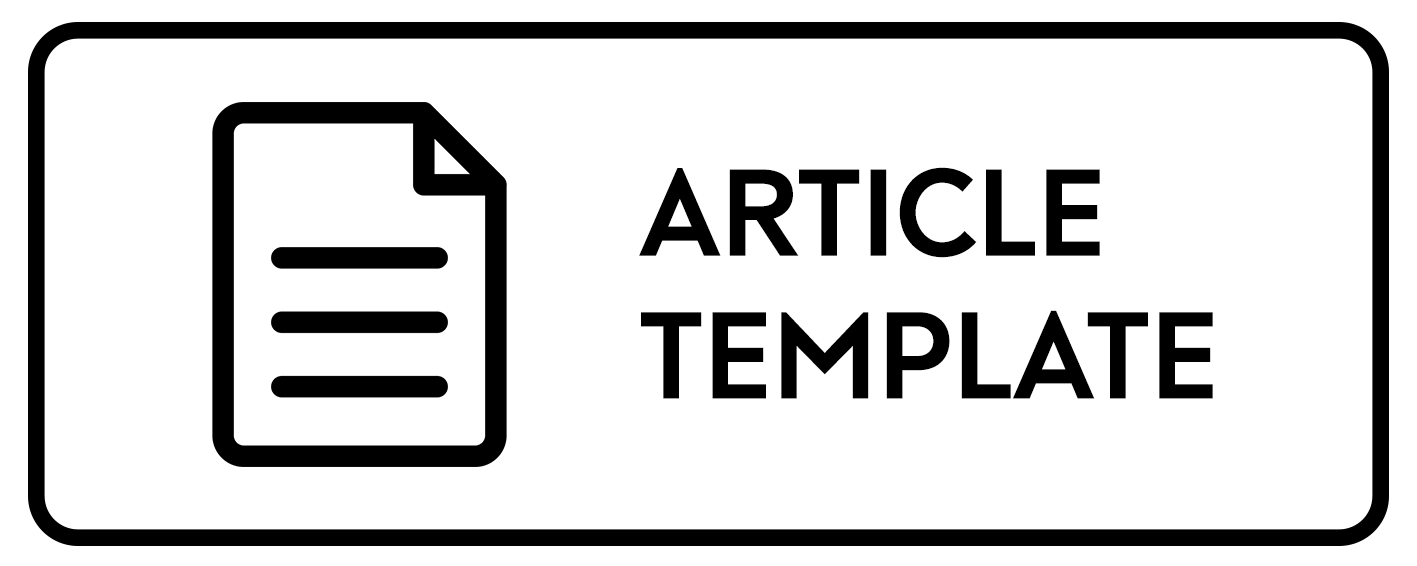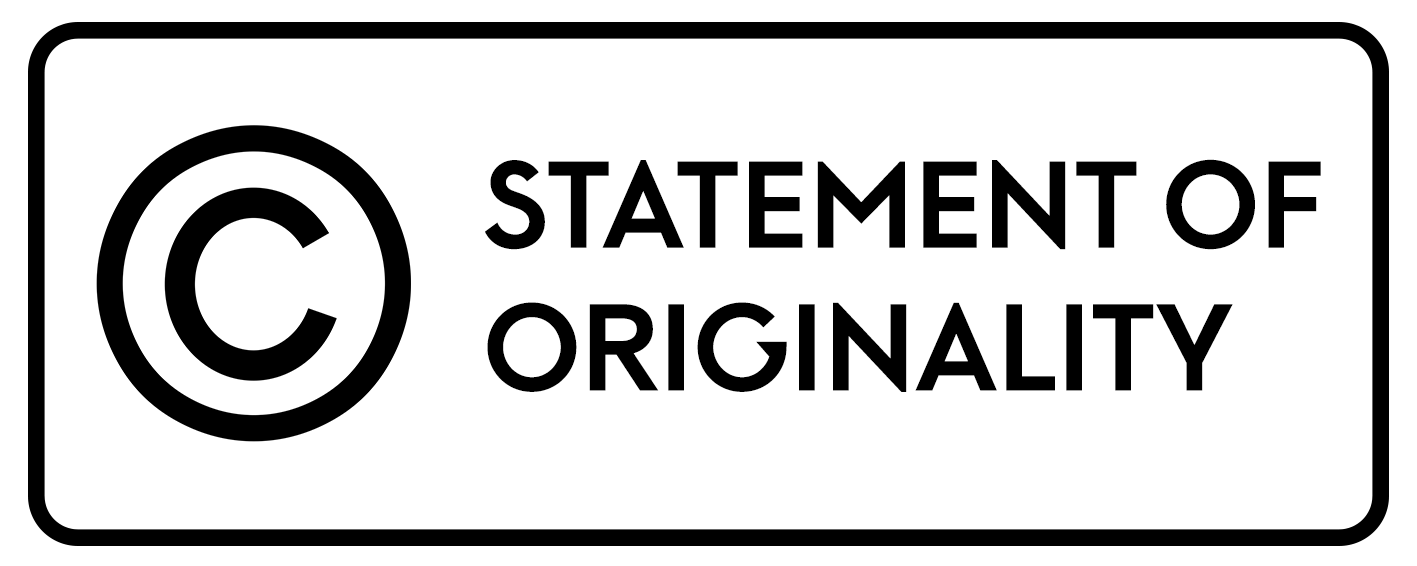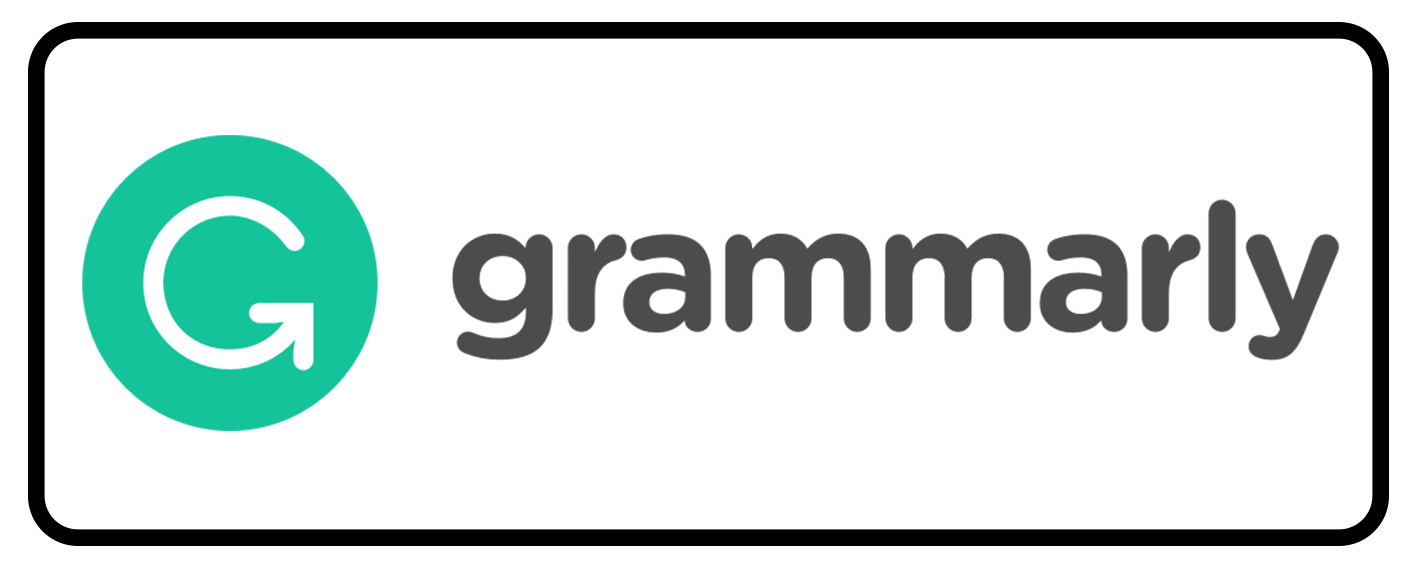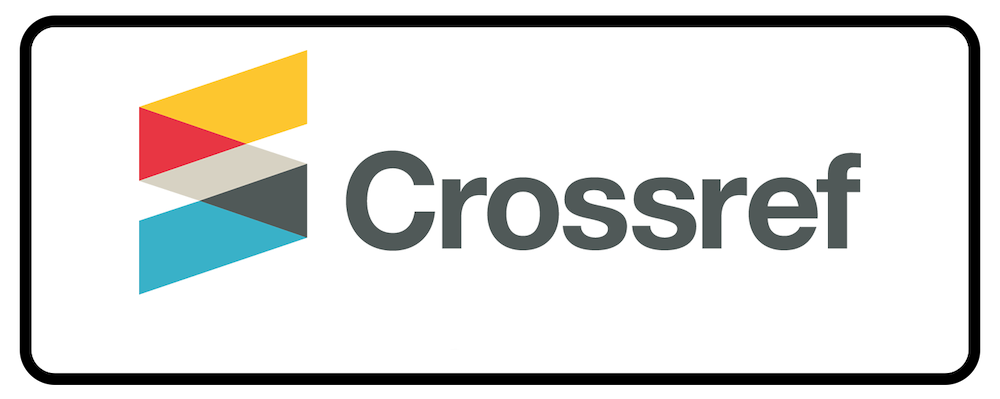Linguistic Anthropological Analysis of Toponymy of the Names of Tukung Island and Babi Island in Balikpapan, East Kalimantan
Abstract
Keywords
Full Text:
PDFReferences
Arifin, A. A. (2023, February 11). 4 Legenda Asal-usul Nama Kota Balikpapan. Retrieved from Kaltim Faktual: https://kaltimfaktual.co/4-legenda-asal-usul-nama-kota-balikpapan/
Asran, M. (2023, February 5). Pemburu Sejarah dari Balikpapan. Retrieved from kliksamarinda.com: https://kliksamarinda.com/pemburu-sejarah-dari-balikpapan/
Bahasa), B. P. (2024). Kamus Besar Bahasa Indonesia (KBBI) Kamus versi online/daring (dalam jaringan). Retrieved from kbbi.web.id: https://www.kbbi.web.id/
Bappeda, B. (2015). Sistem Informasi Pembangunan Daerah (SIPD) Tahun 2015. Retrieved from Bappeda Balikpapan: https://bappeda.balikpapan.go.id/files/20240111142430239160_Sipd_2015.pdf
Baruadi, M. K. (2023). The Toponymy of Village Names in Gorontalo, Indonesia. Theory and Practice in Language Studies, Vol. 13, No. 4, 1016-1022.
Blust, R. &. (2010). The Austronesian Comparative Dictionary Online. Retrieved from The Austronesian Comparative Dictionary: http://www.trussel2.com/acd/
Borahima, R. (1977). Jenis Jenis Perahu Bugis Makassar. Ujung Pandang: Direktorat Jenderal Kebudayaan.
Camalia, M. (2015). Toponimi Kabupaten Lamongan (Kajian Antropologi Linguistik). Parole Journal of Linguistics and Education, 185-198.
Darheni, N. (2018). Regional Toponymy in Cirebon Regency: An Ethnolinguistic Study. Atlantis Press Advances in Social Science, Education and Humanities Research, volume 231, 570-572.
Darma, M. E. (2013). Kamus Bahasa Kutai-Bahasa Indonesia. Kantor Bahasa Provinsi Kalimantan Timur, Badan Pengembangan dan Pembinaan Bahasa, Kementerian Pendidikan dan Kebudayaan.
Duranti, A. (1997). Linguistic Anthropology. United Kingdom: Cambridge University Press.
Erikha, F. M. (2022). Toponimi di Jantung Kota Yogyakarta dari Perspektif Kebahasaan hingga Psikologi Sosial. LIPI Press.
Gufron. (2014). Asal Usul Pulau Tukung. Retrieved from uun-halimah.blogspot.com: https://uun-halimah.blogspot.com/2014/10/asal-mula-pulau-tukung.html
Hapip, A. D. (1977). Kamus Banjar-Indonesia. Jakarta: Pusat Pembinaan dan Pengembangan Bahasa.
Husna, A. (2023). Lagenda Isteri Nelayan Bertukar Menjadi Duyung Cerita Misteri Nama Pulau Babi Besar, Mersing! Retrieved from Jom Explore: https://jomexplore.io/article/6482/lagenda-isteri-nelayan-bertukar-menjadi-duyung-cerita-misteri-nama-pulau-babi-besar-mersing
Janah, U. (2016). Menelusuri Sejarah Asal Mula Balikpapan Melalui Perayaan Erau Balik Delapan Sebuah Kajian Budaya Dan Folklor. Premiere Educandum: Jurnal Pendidikan Dasar dan Pembelajaran.
Komara, U. d. (2019). A Linguistic Study of Toponymy and Environmental Identity in Sundanese Ethnic. International Journal of Innovation, Creativity and Change, 398-412.
Lalira, J. E. (2022). Toponymy of Garden Names at Lahu Village. PHONOLOGIE Journal of Language and Literature, 230-241.
Puwanti, A. G. (2023). PENAMAAN IBU KOTA NUSANTARA PADA MEDIA MASSA DARING KAJIAN ANALISIS WACANA NORMAN FAIRCLOUGH. CaLLs: Journal of Culture, Arts, Literature, and Linguistics.
Rais, J. (2008). Toponimi Indonesia: Sejarah Budaya Bangsa yang Panjang dari Permukiman Manusia & Tertib Administrasi. Jakarta : Pradnya Paramita.
Rifai, A. A. (2018). Serpihan cerita rakyat Kalimantan Timur. Samarinda: Kantor Bahasa Provinsi Kalimantan Timur.
Salim, M. P. (2024, March 8). Kata-Kata Bahasa Dayak Maanyan Penuh Makna, Pelajaran Berharga dari Kearifan Lokal. Retrieved from Liputan6: https://www.liputan6.com/hot/read/5545821/kata-kata-bahasa-dayak-maanyan-penuh-makna-pelajaran-berharga-dari-kearifan-lokal
Setiawan, R. ,. (2023). Pola Distribusi Dan Kepadatan Populasi Bulu Babi (Tripneustes gratilla Linnaeus, 1758) di Ekosistem Intertidal Pantai Bilik Taman Nasional Baluran. Journal of Marine Research, vol. 12, no. 4, 630-638,.
Sibarani, R. (2004). Antropolinguistik Antropologi Linguistik-linguistik Antropologi. Penerbit Poda.
Silalahi, M. A. (2024). The Toponymy Of Place Names In Tarutung, North Tapanuli – North Sumatra: An Ecolinguistic Study. Migration Letters, 272-280.
Sudaryat, Y. G. (2009). Toponimi Jawa Barat: berdasarkan cerita rakyat. Bandung: Dinas Pariwisata dan Kebudayaan, Provinsi Jawa Barat.
Tarhusin, W. (2007). Datuk Kaya Pulau Tujuh (Tokong Pulau Tujuh). Tanjungpinang: : Milaz Grafika.
Widodo, A. (2012, Juni 11). Menikmati Keindahan Pulau Babi di Pantai Melawai. Retrieved from kompasiana: https://www.kompasiana.com/gneoga/551109ec813311403fbc6569/menikmati-keindahan-pulau-babi-di-pantai-melawai
Woodman, P. (2014). THE INTERCONNECTIONS BETWEEN TOPONYMY. Review of Historical Geography and Toponomastics, vol. IX no. 17-18, 7-20.
Yulianti, A. I. (2020). Toponymic Lexicon of River Culture in Central Kalimantan: An Ethnosemantic Study. Madah: Jurnal Bahasa dan Sastra, 173-182.
DOI: http://dx.doi.org/10.30872/calls.v11i1.18683
Copyright (c) 2025 Wiwik Retno Handayani

This work is licensed under a Creative Commons Attribution-ShareAlike 4.0 International License.
Editorial address:
Fakultas Ilmu Budaya, Universitas Mulawarman
Address: Jl. Ki Hajar Dewantara, Gunung Kelua, Kec. Samarinda Ulu, Kota Samarinda, Kalimantan Timur, Indonesia 75123
Email: jurnalcalls@fib.unmul.ac.id
Website: http://e-journals.unmul.ac.id/index.php/CALLS

CaLLs: Journal of Culture, Arts, Literature, and Linguistics site is licensed under a Creative Commons Attribution-ShareAlike 4.0 International License
CaLLs: Journal of Culture, Arts, Literature, and Linguistics indexing by:














